
Director Rod Lurie is aware of the fury headed his way this fall. Considering he started his career as a film critic, he very well should be. Remakes are a sore enough subject with movie fans, but when a filmmaker takes a shot at an outright classic, they’re only setting themselves up for extra scorn and scrutiny. So it was with perhaps some level of preemptive confidence that JoBlo.com was invited to the set of STRAW DOGS waaaay back in October 2009 to get an early look at this update of Sam Peckinpah’s controversial film.
If you’re not familiar with the original STRAW DOGS (pick up the Criterion DVD here) it tells the story of a young couple—David, a quiet American played by Dustin Hoffman, and Amy, an immature British flirt played by Susan George—who move back to her old hometown in northern England. While the wealthy, intellectual husband is resented by the small town, his wife stirs up some old feelings in the brutish men of her past. This all comes to an emotional climax when Amy is sexually assaulted by the men, leading the non-confrontational David to make a violent stand to protect his wife and his home.

Notorious for its disturbing rape scene and underlying misogyny, STRAW DOGS doesn’t seem like an obvious choice for a do-over other than its timeless revenge plot. When we suggested that the majority of the under-40s crowd had probably never heard of the original, star James Marsden joked: “We’re banking on that. I’m basically aping Hoffman in this movie. Don’t tell them this is a remake.“ A few other brave souls are joining him on this gamble, including Kate Bosworth as Amy, “True Blood” hunk Alexander Skarsgard as Amy’s ex-flame Charlie, and James Woods as Tom Heddon, the villainous leader of the Straw Dogs. (That’s what the remake, in literal fashion, refers to the four hometown boys turned violent attackers.) While that casting does seem to suggest a change in dynamic from the original characters, for the most part the 2011 version follows the same basic story, save for moving the location to Blackwater, Mississippi and making David a hotshot Hollywood writer and his wife an actress. Transplanting the story to the Deep South does make a decent amount of sense; the exclusive small town community vibe and fierce confederate pride should be ripe for tension. (Lurie jokingly summed up his take on the setting as “God, guns, football and fried food.”) And as for the meta addition of Hollywood—well, let’s hope the actors can play actors.
We arrived on a sunny Friday in Shreveport, Louisiana, a magical land filled with casinos, drive-thru daiquiri stands and movie making. Stageworks Studios was home to previous shoots that included THE MIST and MR. BROOKS, and we made our way to the production offices to wait as we perused walls covered in storyboards. STRAW DOGS is a more action-heavy movie than anything Lurie has done before (THE CONTENDER, RESURRECTING THE CHAMP), and he had clearly planned everything out thoroughly. (He also has the very capable second unit director Mic Rodgers at his disposal, who’s shot everything from APOCALYPTO to the FAST AND FURIOUS movies.)
The scene we were there to watch ironically happened to be the most faithful to the original, according to Lurie—the part where David invites the Straw Dogs in to his house to hang his bear trap. (Foreshadowing at its best!) Lurie gave us our own headphones and monitor in video village, so we could actually see and hear everything play out, as well as play Peeping Tom in between takes. The mood was light and fun (I heard at least one “that’s what she said” joke), but as soon as the cameras rolled, things got serious.

The sequence plays out almost beat-for-beat the same as the previous incarnation. The Sumner’s cat has just been found strangled and the couple suspects the four local boys working on their roof. David invites them in and Amy brings in a tray of lemonade to feign normalcy while her husband shows them his man-sized bear trap and attempts to feel them out. (The trap was supposed to “accidentally” snap shut during the scene, which made for some fun and tense moments for Marsden as he handled it.) The actors tried slightly different readings each time, but the tension stayed the same, mainly thanks to Skarsgard’s improved Charlie. In the original STRAW DOGS, Charlie was more of a blockheaded brute, to the point where we’re not sure exactly what Amy ever saw in him. According to the actor, this time around Lurie has made Charlie a former football star with a good amount of charisma and unexpected brains. In the scene he holds his own against David well enough that it makes me curious to see how the two actors play off each other in the rest of the movie.
Even having studied every review, critical essay and Peckinpah’s own notes on the original, as we watch playback with Lurie, the director is pretty blunt about his chances here. “I’m not stupid. I was in this world for a long time. No matter how good a job I do there’s a bullseye on my back. There’s a bullseye on the film. If I do exactly what Peckinpah did, then they’ll say it’s unoriginal. If we put in to it our own flourishes, our own themes, which I think we have done, they’ll say we don’t get Peckinpah. And the truth is, we’re not remaking Sam Peckinpah’s STRAW DOGS. We’re remaking STRAW DOGS.”

And the Straw Dogs of the title are some of the biggest changes to the story. While the newly released trailer plays them up as stereotypical redneck villains, that’s not the impression I got from the set. With only a week left after nearly two months of filming, the cliques were obvious: Marsden and Bosworth recalling their seven months filming SUPERMAN RETURNS, and James Woods…well, being James Woods. But the clear BFFs on hand were the titular quartet played by non-Southerners Skarsgard, “Entourage’s” Rhys Coiro, Drew Powell and Billy Lush, who built up a great rapport over water skiing and lots of good natured ribbing about Skarsgard’s continuing humility despite his “True Blood” fame. (The crew was able to fill up an entire football stadium with TB fans as opposed to traditional extras at the promise of seeing Eric Northman in the flesh.)
That great chemistry should help Lurie create the complex villains he desires, a dynamic where you can empathize with both sides being invaded. “There’s more in terms of what the Straw Dogs are doing. In the original, Chris was just laughing like an idiot and I don’t even remember Vic,” said Lush. “But we definitely have more to do than that. My perspective is that David is the bad guy. Well, not necessarily the ‘bad guy,’ but he’s an asshole.” Skarsgard, who stays with his Mississippi drawl even when cameras aren’t rolling, echoed that sentiment. “I don’t see us as bad guys. This is our home, this is our land. And he comes in driving his vintage Jag and giving us a hundred bucks like we’re kids. It just doesn’t fly. And hopefully we can create a scenario where you understand both sides of the story.”

The title is explained in the film as a Chinese proverb regarding literal dogs made of straw that are ceremoniously offered up to the gods before becoming meaningless—a metaphor Lurie applies to the characters (and Texas football). “Charlie used to be a star athlete and when he stopped playing high school football and couldn’t go to college he lost all his value. And to him he’s going to get some of his worth by getting his old girlfriend back. James Woods’ character is a former coach who got fired and now he has no job whatsoever. His only value is protecting his daughter. And so when that is threatened and he’s unable to protect her, he’s lost all his value. When human beings are denied their worth it can cause them to become lesser people.”
The culmination of that is the movie’s most dreaded/anticipated scene—the climactic rape, which Bosworth, Skarsgard and Coiro had filmed only two days before our arrival. “Even though it was 2 days ago, I don’t remember much of it, funnily enough,” said Bosworth. “I was kind of just there. I wasn’t focused on thinking too much.” (Marsden teases that heavy drugs were involved.) “It’ll be a rape scene like you’ve never seen before,” Lurie continued after namedropping LAST HOUSE ON THE LEFT. “The thing about that rape scene is that there’s a cloud over it. It’s like, ‘What is she doing? Is she in to it, is she not in to it?'” And her would-be attacker Skarsgard agrees. “In the original version, you don’t really feel the sexual tension between Charlie and Amy. You don’t really see why they were together before and hopefully you understand that better here. I’m there to have sex with her and I know she wants this. It goes bad once we get to the house, but that’s not my intention when I go over there.”

Lurie has also taken the opportunity to make Bosworth’s character more of a modern American woman and someone who can stand toe to toe with her husband, which he considers one of the “flaws” of the original. “The Hoffman character views Amy with the same disrespect the thugs do. They’ll rape her physically and he’ll rape her intellectually.” And though the director teased about showing us Bosworth’s nude scene, the actress suggested they might have a different take on George’s famous topless window moment. “Nowadays [nudity] is kind of in every other movie, if not every movie. So we talked a lot about what would be more provocative. Thinking outside the box, what’s more interesting than just showing skin? What’s the tension in it?”
As the day wound down and we got to speak with the cast and crew, it became clear the remake’s biggest difference in approach would be the genre. While the original was more of a slow-burning drama punctuated by violent outbursts, STRAW DOGS 2011 seems to be a more straightforward thriller. “This is a big action film and it’s a terrific sort of Friday night movie.” James Woods said. “There are no shadings in this movie. There are no subtleties in this movie. One thing about this movie is that it’s balls out, right in your face.”

And we got to see exactly where those balls were coming from when we visited the Sumner farmhouse, the setting for the siege that dominates the last hour of the film. Designed to be a reinforced stronghold left over from the Civil War, the set took 12 weeks to build and, aside from a foundation, is pretty much a real stone house with iron plated windows and doors. Though they’re waiting to burn down the barn on the last day of shooting, there was already plenty of destruction visible, including David’s torched Jaguar In the yard and Laz Alonzo’s sheriff truck driven very literally in to the garage. The production design takes advantage of its southern setting for what could be an effective action set piece.

While Lurie admits his STRAW DOGS “is going to be a very commercial film,” he still thinks it can retain some of some of the subtext of the original. “The movie will be a Rorschach test for who you are at the end of the film. [SPOILERS] Some people will view the end of the movie as a pure-on action film where the little guy makes good. Other people will view it as a tragic movie where a man is forced to behave this way as the people in Stalingrad did. [Marsden’s character is working on a screenplay about the famous Russian battle.] And other people will view it as a tragedy for Charlie and the gang.
STRAW DOGS 2011 has the makings of a good thriller, and if it didn’t have that title and the baggage that comes with it, film fans might be more apt to give it a shot. I’m honestly still skeptical about the outcome, but everyone we met on set that day had all the right things to say.
We shall see where STRAW DOGS stands when the film hits theaters on September 16, 2011.



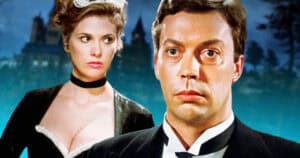
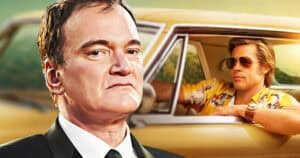
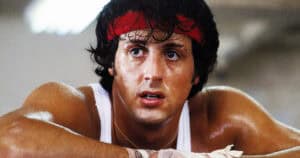

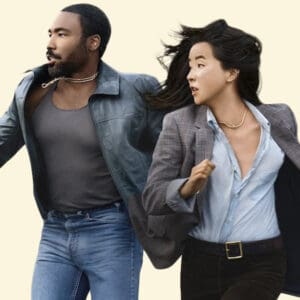
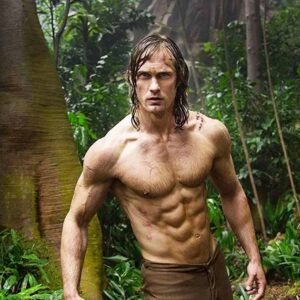
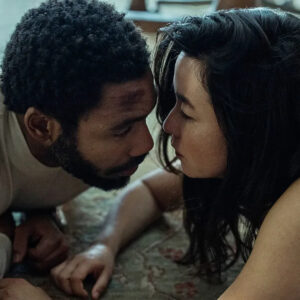
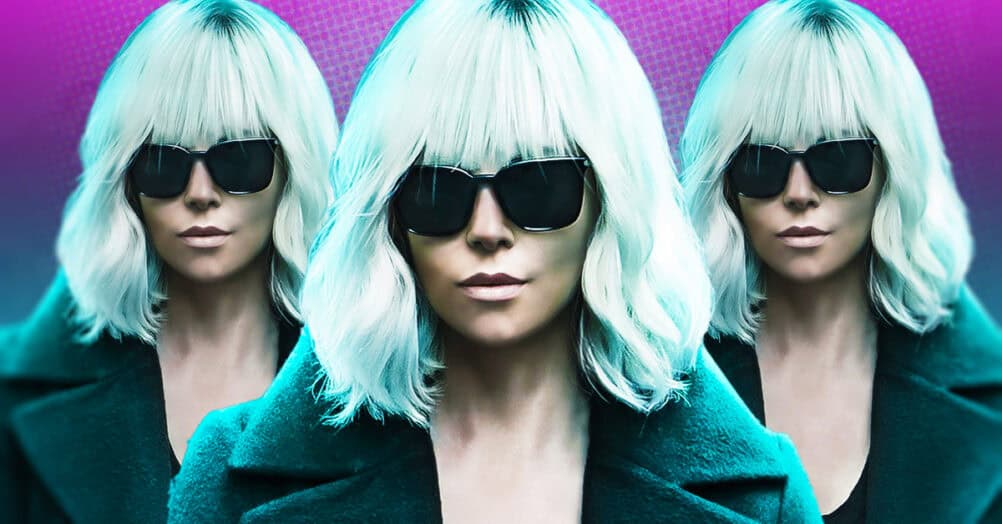
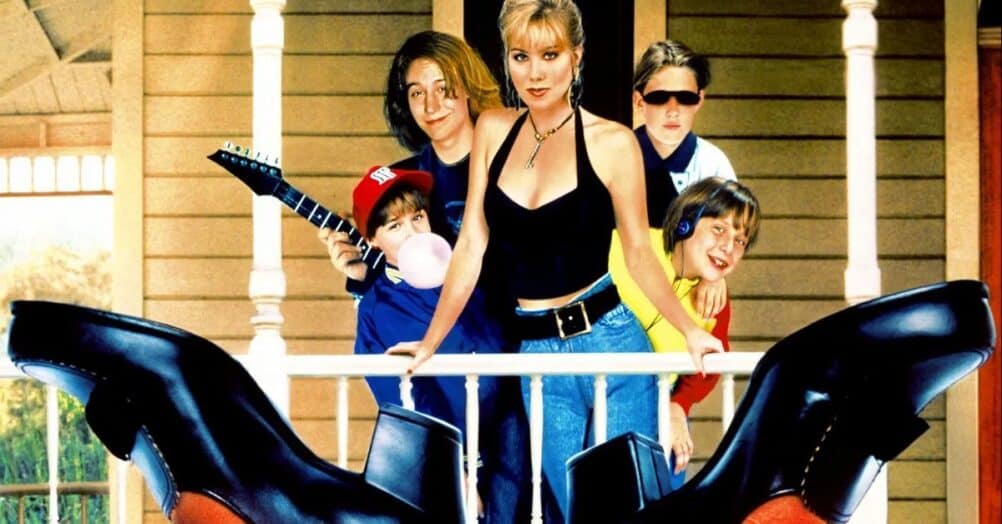
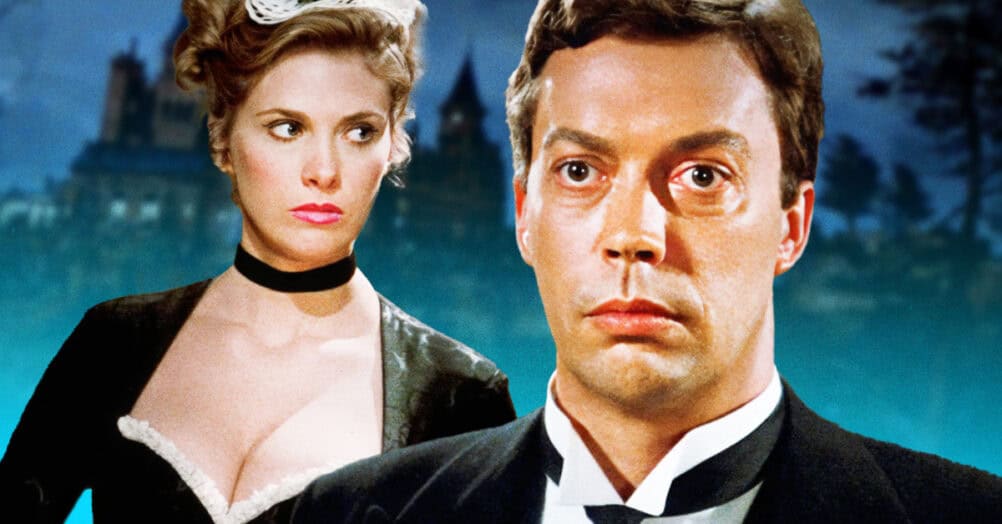
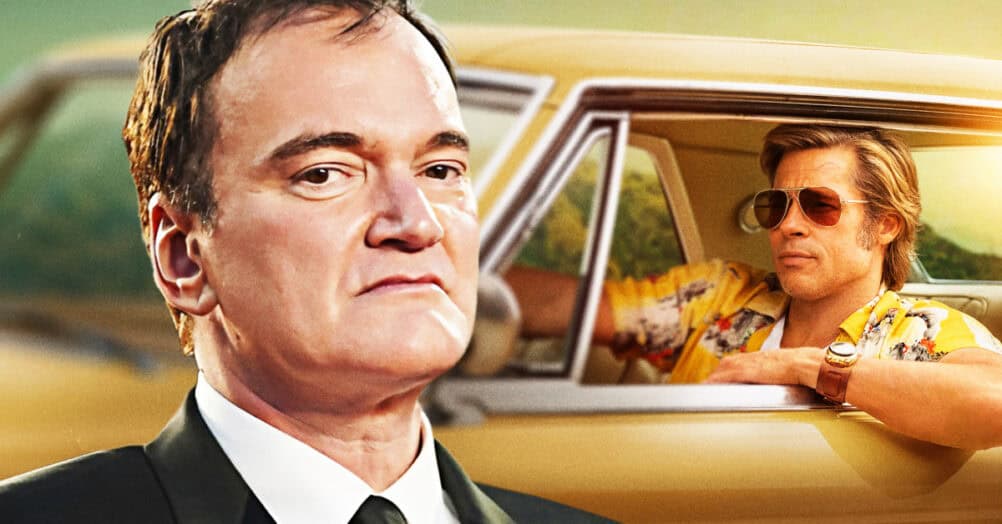
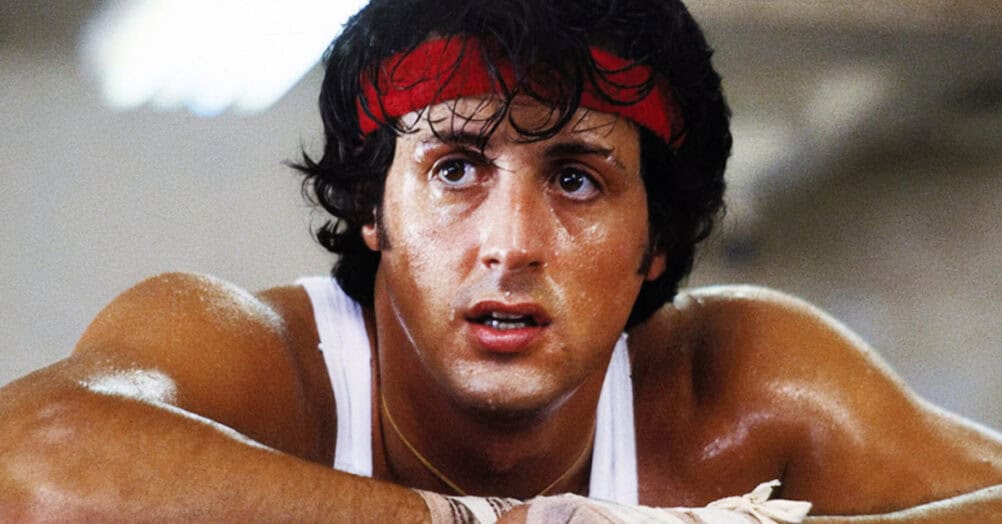

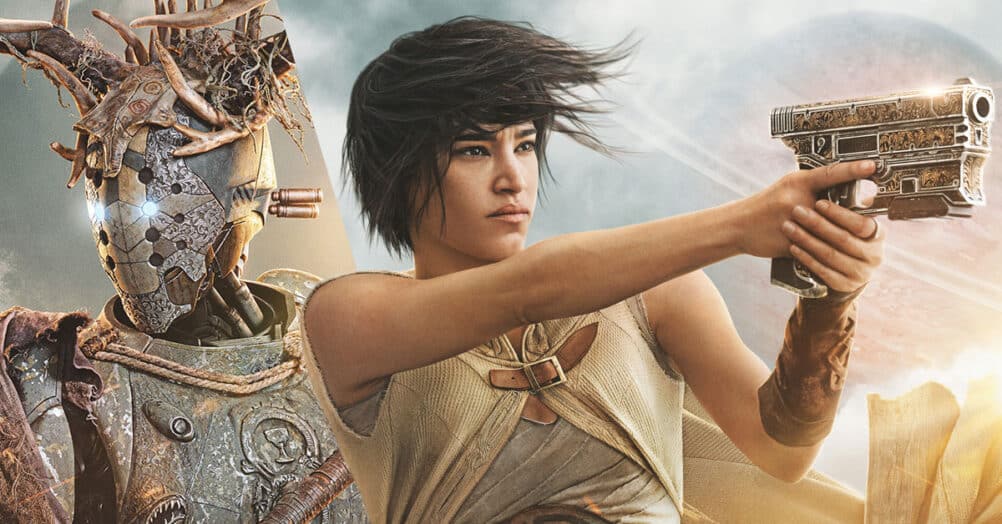
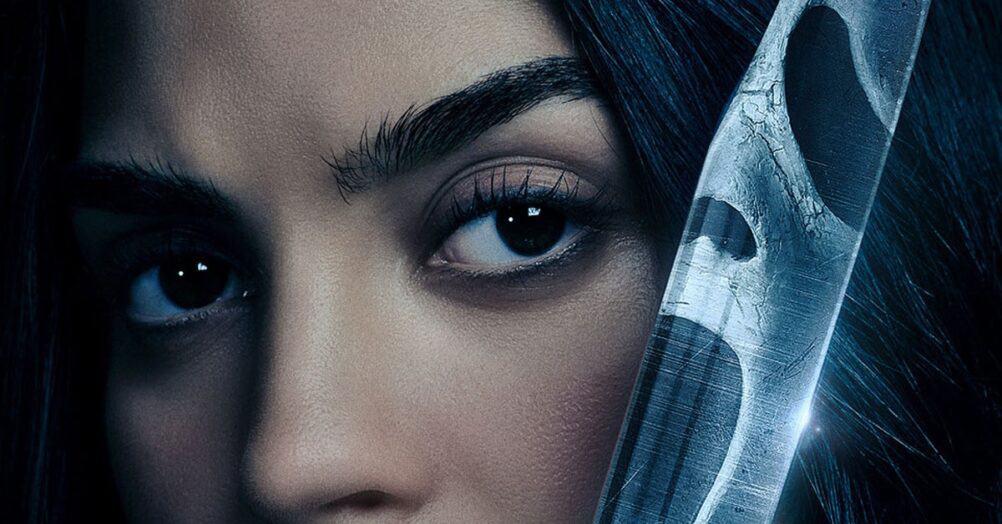
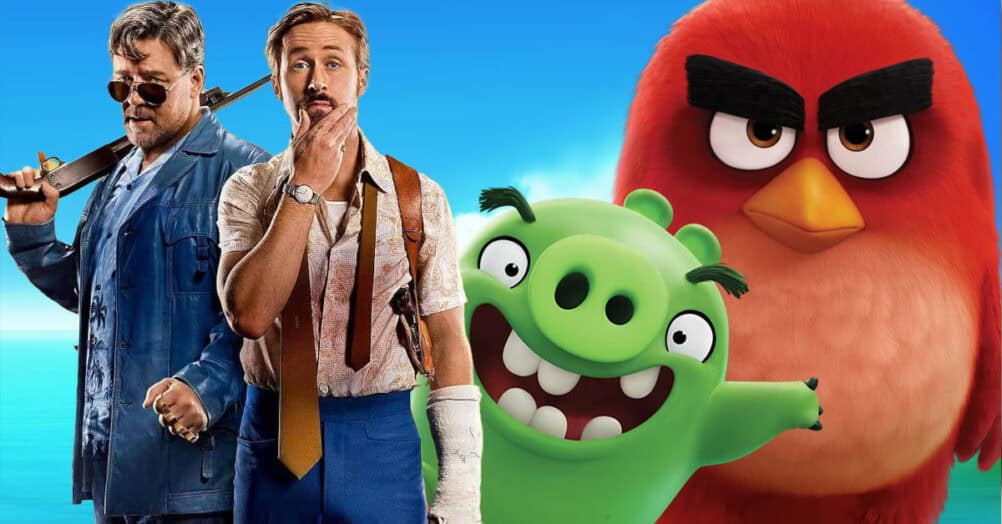
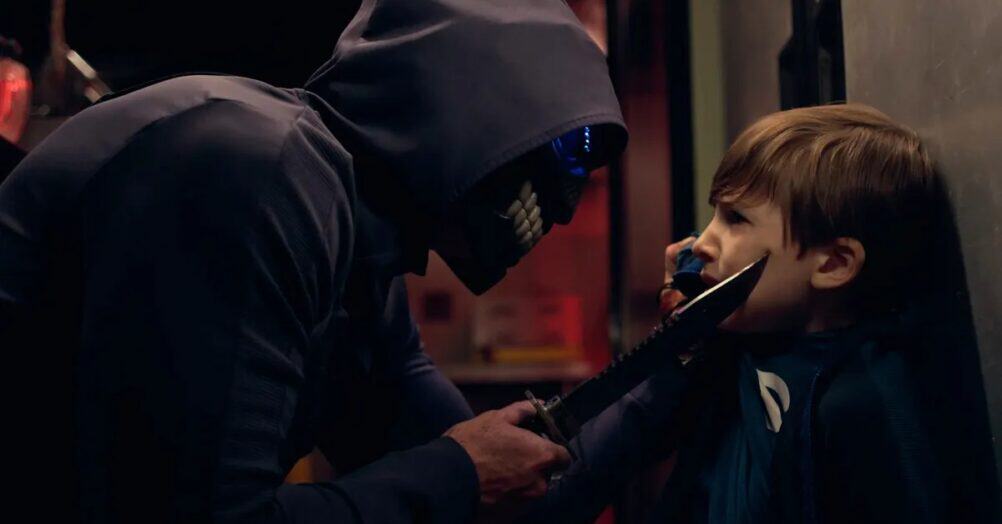
Follow the JOBLO MOVIE NETWORK
Follow us on YOUTUBE
Follow ARROW IN THE HEAD
Follow AITH on YOUTUBE